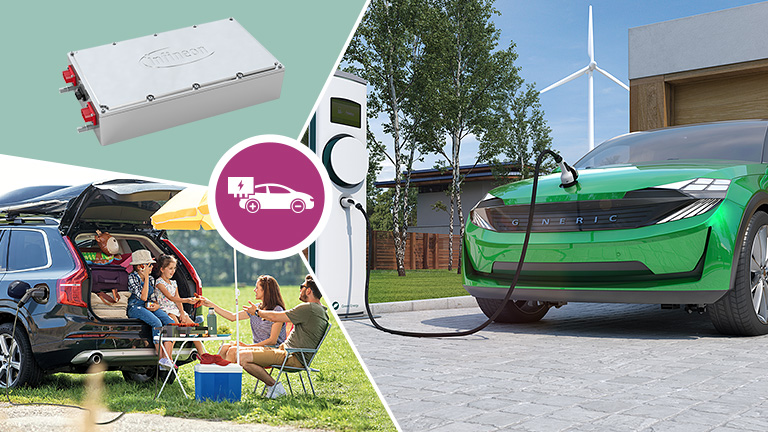Abstract
As the automotive industry shifts from internal combustion engines (ICE), powered by fossil fuel, to electric drivetrains, consumers must adapt their approach to 'fueling' their vehicles. In fact, there is no longer any requirement to use dedicated fueling stations. Instead, plug-in hybrid and battery electric vehicles (xEV) can be charged either at home, at the office, or while shopping using on-board charging (OBC) solutions. For automotive OEMs, efficiency, size, safety, quality, and weight remain design priorities, along with overall cost. In addition, they are increasingly planning to introduce bi-directional power transfer to support powering consumer appliances, vehicle-to-home, vehicle-to-grid (V2G) applications, and even jumpstarting of other vehicles.
This whitepaper explores the changing expectations of OBCs, the semiconductor technologies used and their unique capabilities, and how such designs are tackled using today's preferred power conversion topologies.

